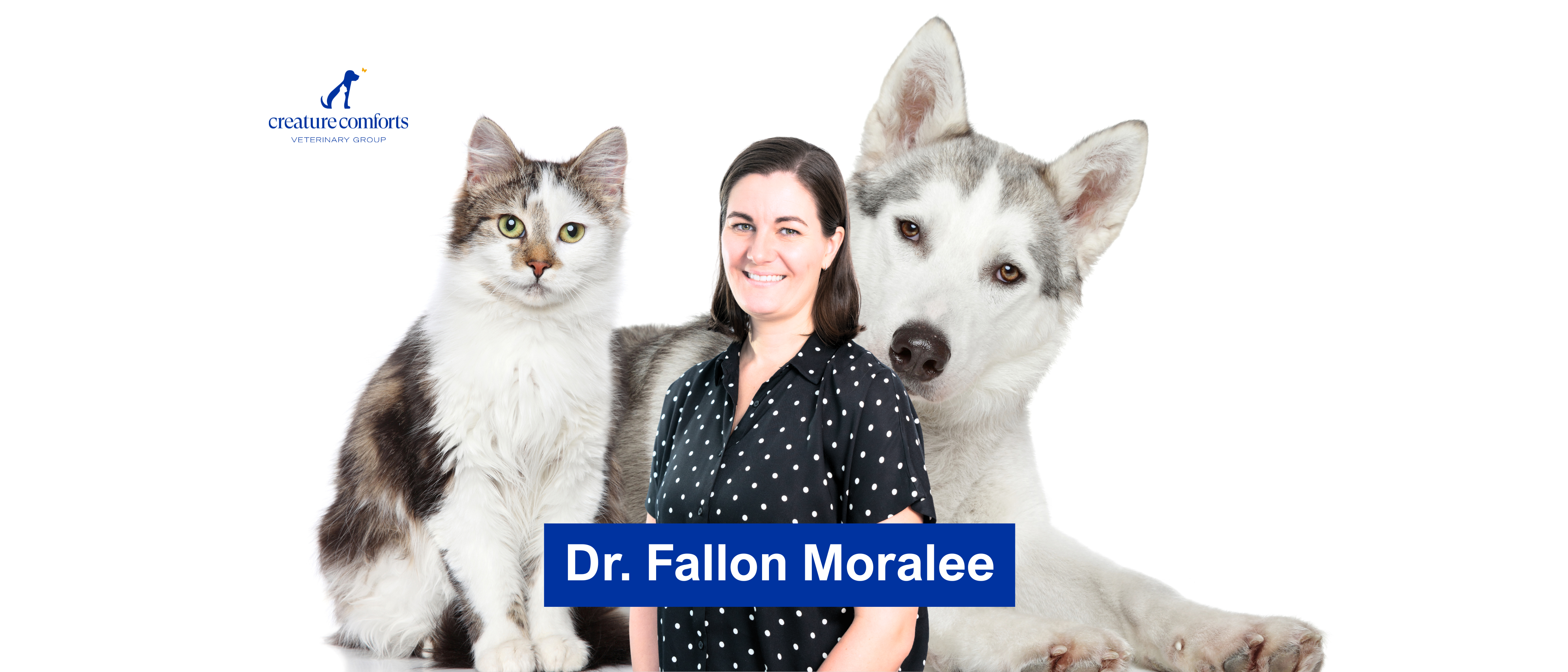
Richard – From Painful Peeing to Calm, Clean Comfort
🩺 Basic Information
Name: Richard
Breed: Ragdoll
Age/Sex: 2 years 8 months, Male (Neutered)
Weight: 6.58 kg
Clinic: Housecall
🕰 When Bathroom Breaks Become a Problem
It started subtly—Richard, usually calm and composed, began urinating more often, and each time only produced a few drops. Then one day, he urinated blood, prompting an emergency visit to another clinic. He was started on antibiotics, pain relief, and anti-inflammatory medication, but his owner knew this was something that needed close follow-up.
When Richard came to us, his urine was dark, but he was otherwise doing well—bright, eating normally, and not in obvious pain. Still, we were concerned about Feline Lower Urinary Tract Disease (FLUTD)—a common but serious condition in male cats.
🔍 The Investigation
Over multiple visits, we ran:
✅ Urinalysis (several times)
✅ Urine culture and sensitivity tests
✅ Abdominal palpation and clinical assessments
✅ X-rays
Urinalysis results showed:
- Dark yellow, cloudy urine
- pH: Slightly acidic to neutral (6.0–7.0)
- No crystals or bacteria were detected
- Hyaline casts suspected (indicating mild kidney stress)
- Blood and protein occasionally present
Culture results were negative for bacterial infection—good news! The most likely culprit? Stress-related cystitis, a form of inflammation in the bladder that’s common in young male cats.
💊 The Treatment Plan
Richard’s care plan was designed to reduce inflammation, relieve pain, and prevent recurrence:
💊 Medications:
- Clavulox (antibiotic, initially)
- Prazosin (to help relax the urinary tract)
- Buprenorphine (pain relief)
- Cystaid/Nutracys supplements (to support the bladder lining)
- Gabapentin as needed for vet visits
🧴 Lifestyle & Nutrition:
- Royal Canin Urinary food
- Increased water intake encouraged
- Stress management at home
- No meloxicam due to kidney sensitivity concerns
He also had one small incident where he licked up a bit of shampoo and had some frothy drool, but after a check-up and chest x-rays, we confirmed he was just fine!
🩹 Ongoing Monitoring
Richard continued to improve over time. He had:
- Less straining
- More comfortable urination
- No more blood in his urine
- Consistent appetite and normal energy levels
His owner was vigilant—monitoring closely for changes and helping keep stress low at home (which can make a big difference in cats with urinary issues!).
💡 Medical Highlights
✅ Diagnosed with stress-related lower urinary tract inflammation (FLUTD)
✅ Ruled out bacterial infection and urinary crystals through multiple tests
✅ Responded well to pain relief, urinary support supplements, and dietary change
✅ Handled with gentle care due to vet visit stress and past medication reactions
✅ Monitored after minor shampoo ingestion with no complications
💬 Advice to Pet Families
🐾 If your cat starts urinating more often or straining, don’t ignore it—it could be serious
🐾 Male cats are at higher risk of urinary blockages, which can be life-threatening
🐾 FLUTD is often linked to stress—calm routines and water-rich diets can help
🐾 Supplements like Cystaid or Nutracys support the bladder lining and reduce recurrence
🐾 Never wait if your cat can’t urinate at all—it’s an emergency
🎤 Interview Questions: Richard’s FLUTD Management
🎯 Sector 1: What Pet Owners Want to Know
- Why is my cat straining to pee but not producing much urine?
- What causes blood in cat urine?
- Is stress connected to urinary issues in cats?
- Do I need to keep feeding her urinary food forever?
- When should I worry about a urinary blockage?
🌡 Sector 2: Medical Highlights
- What’s the role of prazosin in FLUTD?
- Why was meloxicam avoided in this case?
- How do you diagnose stress cystitis vs. infection?
- When should urine cultures be repeated?
🩺 Sector 3: Vet’s Community Message
- What are your top tips for managing chronic FLUTD in cats?
- How can owners reduce vet stress for sensitive cats?
- What’s your approach to long-term monitoring in non-blocked cases?
- What do you wish more cat owners knew about hydration and urinary health?
